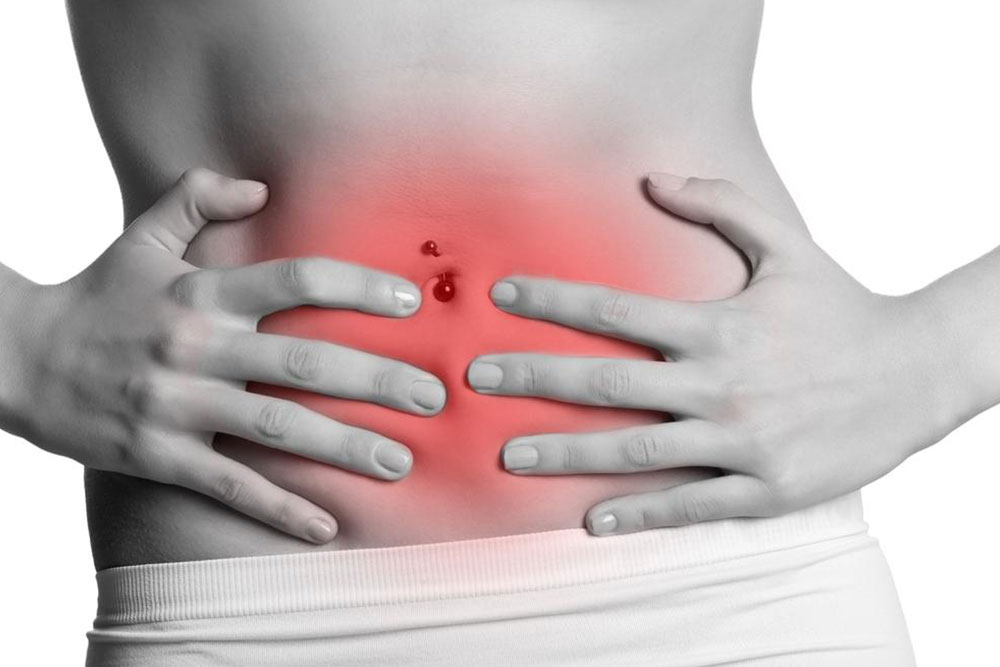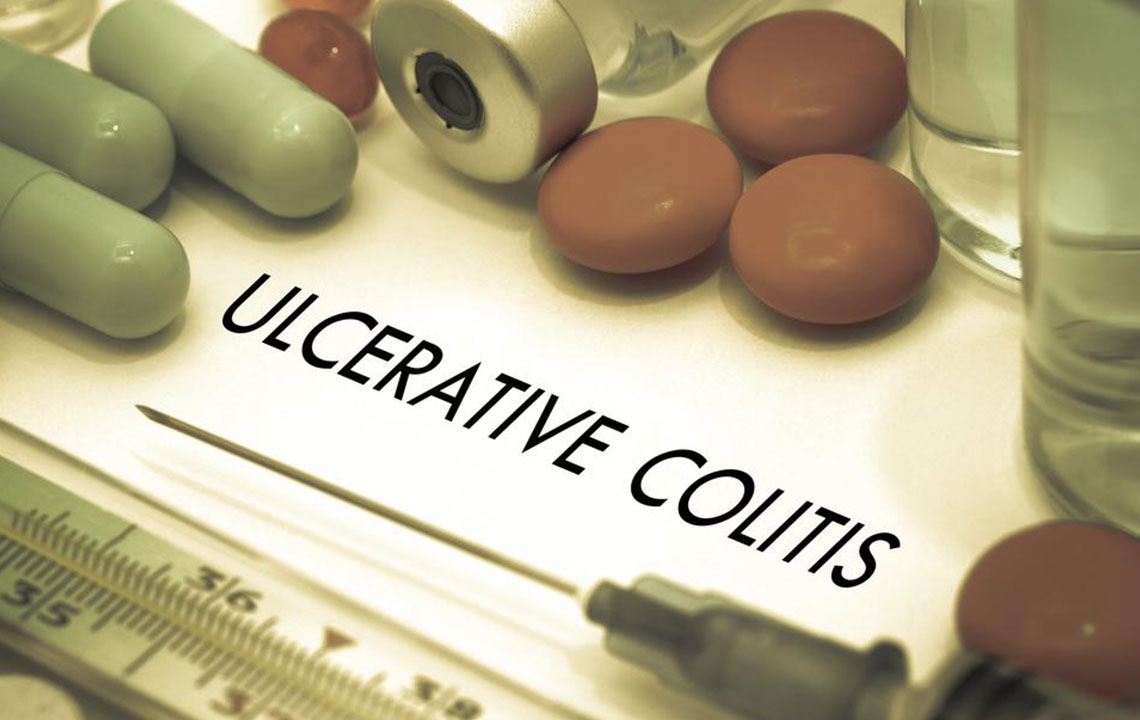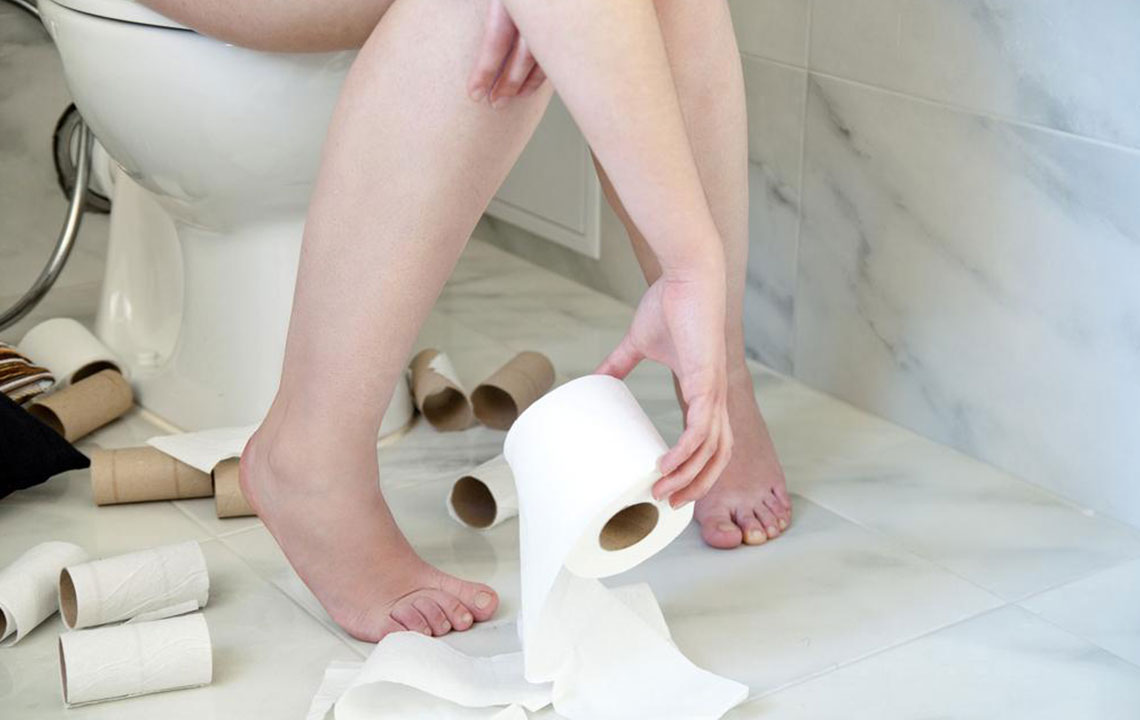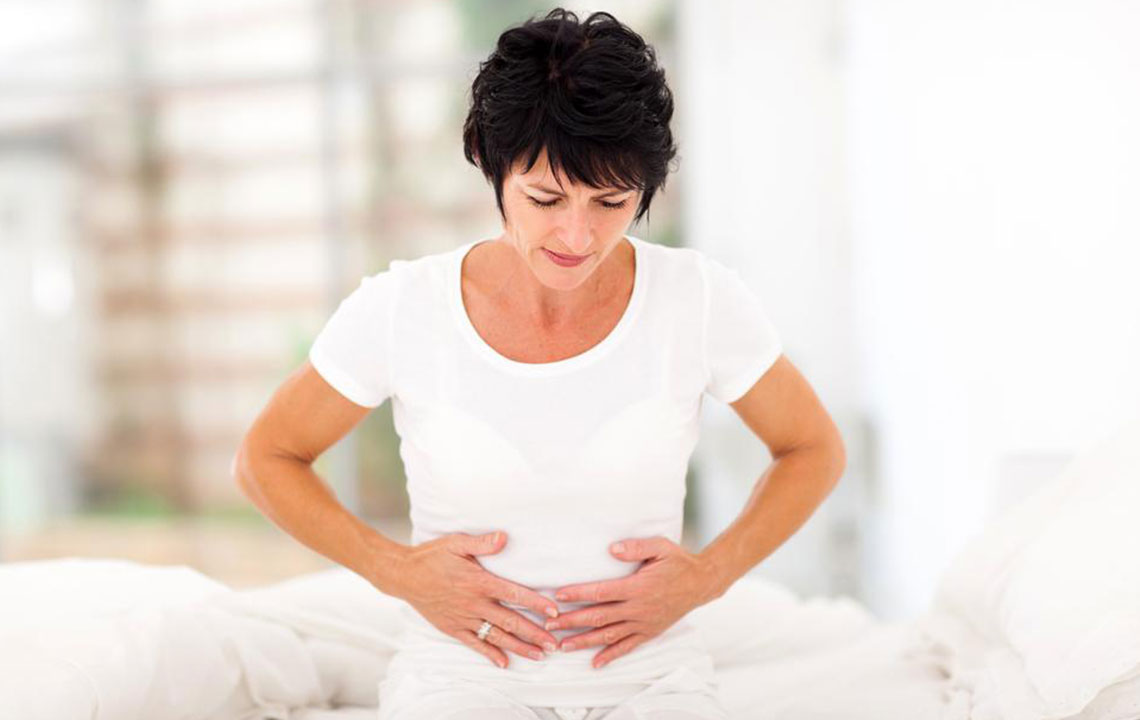Understanding Diverticulitis: Causes, Symptoms, and Management Strategies
Discover comprehensive insights on diverticulitis, including its causes, symptoms, treatment options, and prevention tips. Learn how lifestyle changes and medical interventions can effectively manage this condition to improve health and avoid complications.
Understanding Diverticulitis: Causes, Symptoms, and Management Strategies
Diverticulitis occurs when small pouches, known as diverticula, form in the lower large intestine or colon. Usually harmless, these pouches can become inflamed or infected, leading to issues like bleeding, bowel blockages, and urinary complications. Knowing its causes, signs, and treatment options can help in effective management. Factors such as aging, physical inactivity, certain medications, and high-fat animal foods increase risk. Symptoms often include persistent lower abdominal pain, nausea, fever, and constipation. Severe cases might develop into abscesses or perforations requiring urgent medical care.
Infections can cause serious complications like fistulas or peritonitis, demanding prompt treatment. Mild cases may be managed with rest, a liquid diet, and careful reintroduction of foods. Severe cases often require hospitalization, antibiotics, or surgery, including bowel resection or colostomy. For prevention, maintaining a healthy, fiber-balanced diet, exercising regularly, staying hydrated, and avoiding trigger foods are essential for reducing risk. Consult your healthcare provider for personalized management plans.
Diverticulitis causes and symptoms
Treatment options and surgical procedures
Prevention and dietary advice










